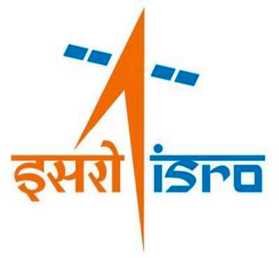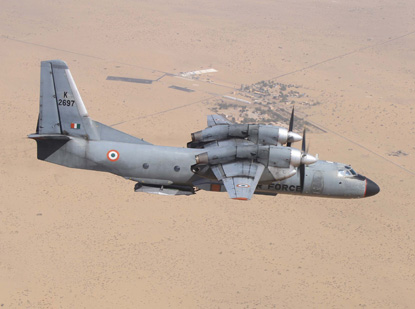
NEW DELHI (PTI): India is planning to launch its own space station, ISRO chief K Sivan announced Thursday about this ambitious project which will enable the agency to send more humans to space when executed.
He also said India will not join the International Space Station (ISS).
After Chandrayaan Mission 2, also known as Moon Mission 2, the Indian Space Research Organisation (ISRO) will launch another mission to the Sun by launching Aditya-L1 in the first half of 2020, Sivan said.
Another interplanetary mission to Venus will be launched in the next 2-3 years, Sivan, who is also the Secretary, Department of Space, said.
Elucidating on the space station project, Sivan said the mission will also be an extension of the Gaganyaan project.
"We have to sustain the Gaganyaan programme. So, subsequently, as a long-term plan, we are planning to have the space station in India. We are going to join the international community in manned missions to moon, asteroids. We have a clear plan for the space programme," Sivan said.
"We are planning to have a separate space station. We will not be a part of ... (ISS). Our space station is going to be very small. We will be launching a small module and that will be used for carrying out microgravity experiments," Sivan told reporters.
The weight of the space station is likely to be 20 tonnes.
By planning a space station, the ISRO is "not thinking of space tourism", he said.
Sivan said the proposal will be sent to the government for approval after the first Gaganyaan mission by 2022 and it is looking at 5-7 years time frame for execution of the programme. He did not elaborate the cost of the proposed Indian space station.
A space station is a spacecraft capable of supporting crew members, designed to remain in space for an extended period of time and for other spacecraft to dock.
Currently, there is only one fully functional space station in the Earth's lower orbit, the International Space Station and astronauts conduct different experiments in it.
The first component of the ISS was launched into orbit in 1998, and first long-term residents arrived in November 2000.
The International Space Station is a partnership between European countries represented by European Space Agency, the United States (NASA), Japan (JAXA), Canada (CSA) and Russia (Roscosmos). It is the world's largest international cooperative programme in science and technology.
China also plans to build a space station of its own.
On the Gaganyaan project, Sivan said the government has formed a National Advisory Council comprising top Indian honchos of players from the space industry, former ISRO chairman K Kasturirangan, Department of Science and Technology Secretary Ashutosh Sharma, Principal Scientific Advisor to the Prime Minister K VijayRaghvan, Defence Research Development Organisation Chairman G Sateesh Reddy.
Elaborating on Aditya L1 mission, Sivan said the mission will study the corona of the Sun, which is the outermost part of its atmosphere.
"It is 1.5 million kilometres from the Earth. It will always look at the Sun and give analysis of corona because it has a major impact on climate change," he said.
On the ISRO's mission to Venus, he said the planet is a "burning body with very high temperature".
"Most missions have failed. We want to succeed and study atmospheric composition of the planet," he said, planning that they have set a target of 2-3 years to launch the mission.
France is also collaborating with India on its mission to Venus.
 Previous Article
Previous Article Next Article
Next Article













The Indian Air Force, in its flight trials evaluation report submitted before the Defence Ministry l..
view articleAn insight into the Medium Multi-Role Combat Aircraft competition...
view articleSky enthusiasts can now spot the International Space Station (ISS) commanded by Indian-American astr..
view article